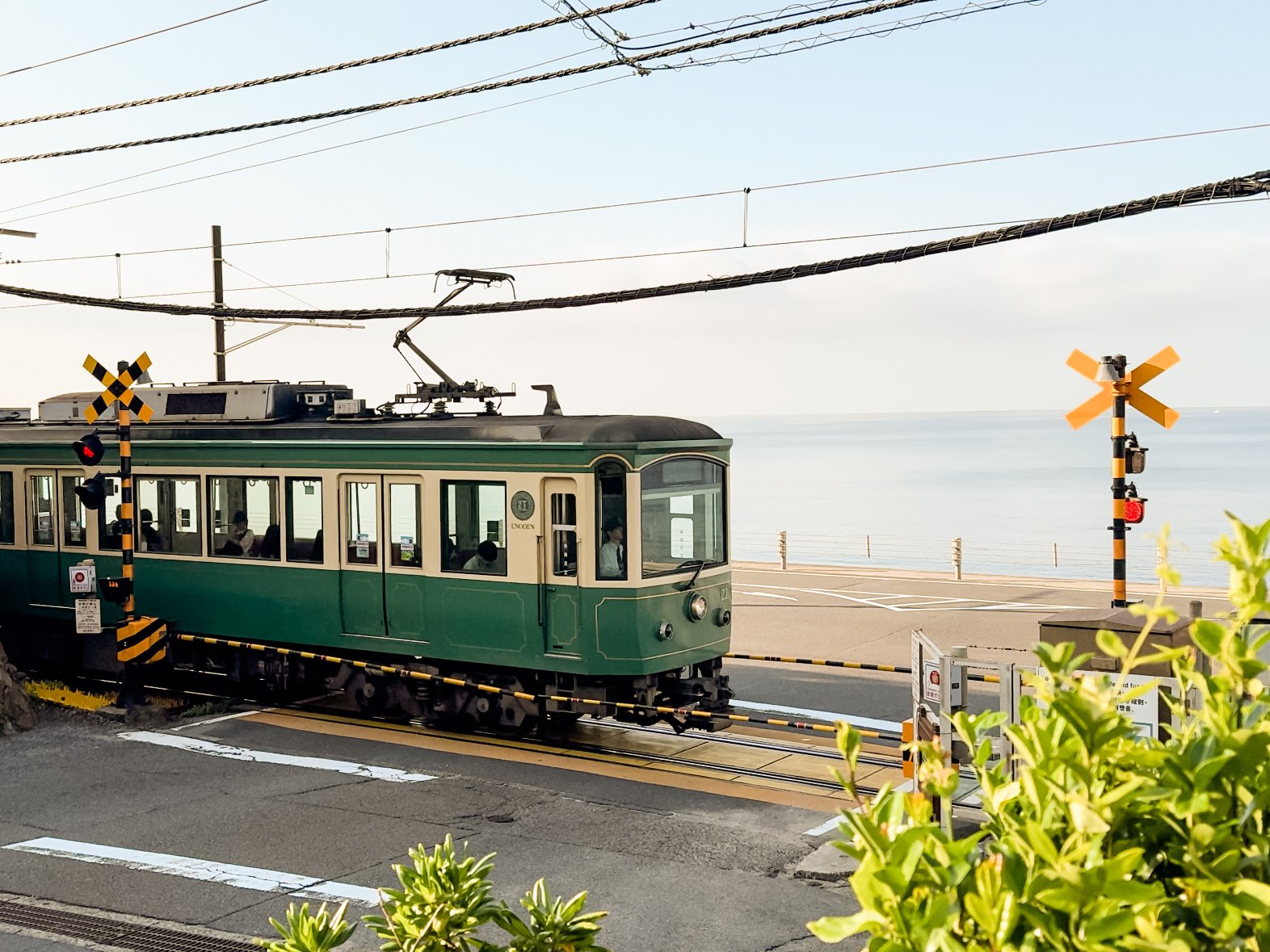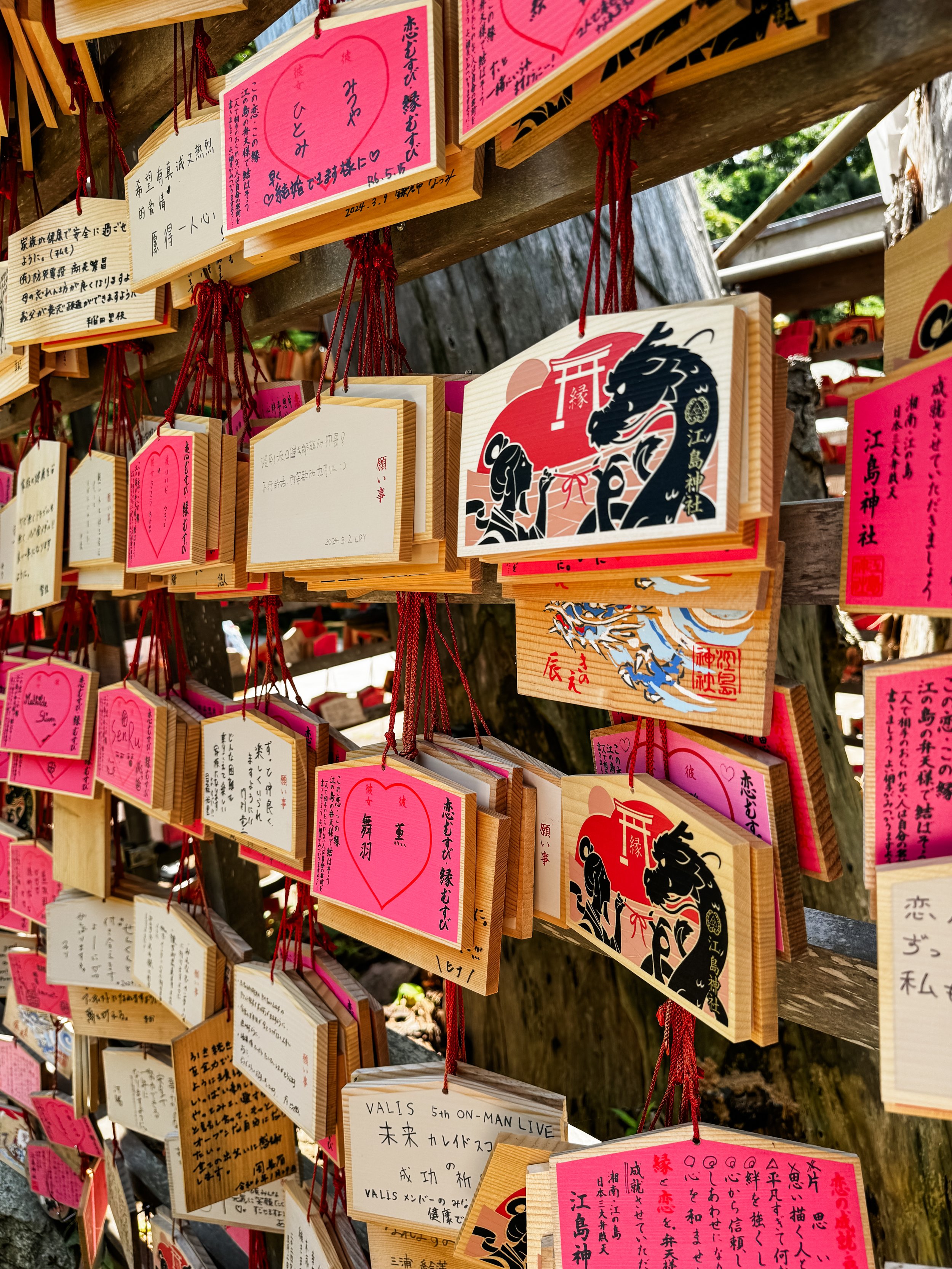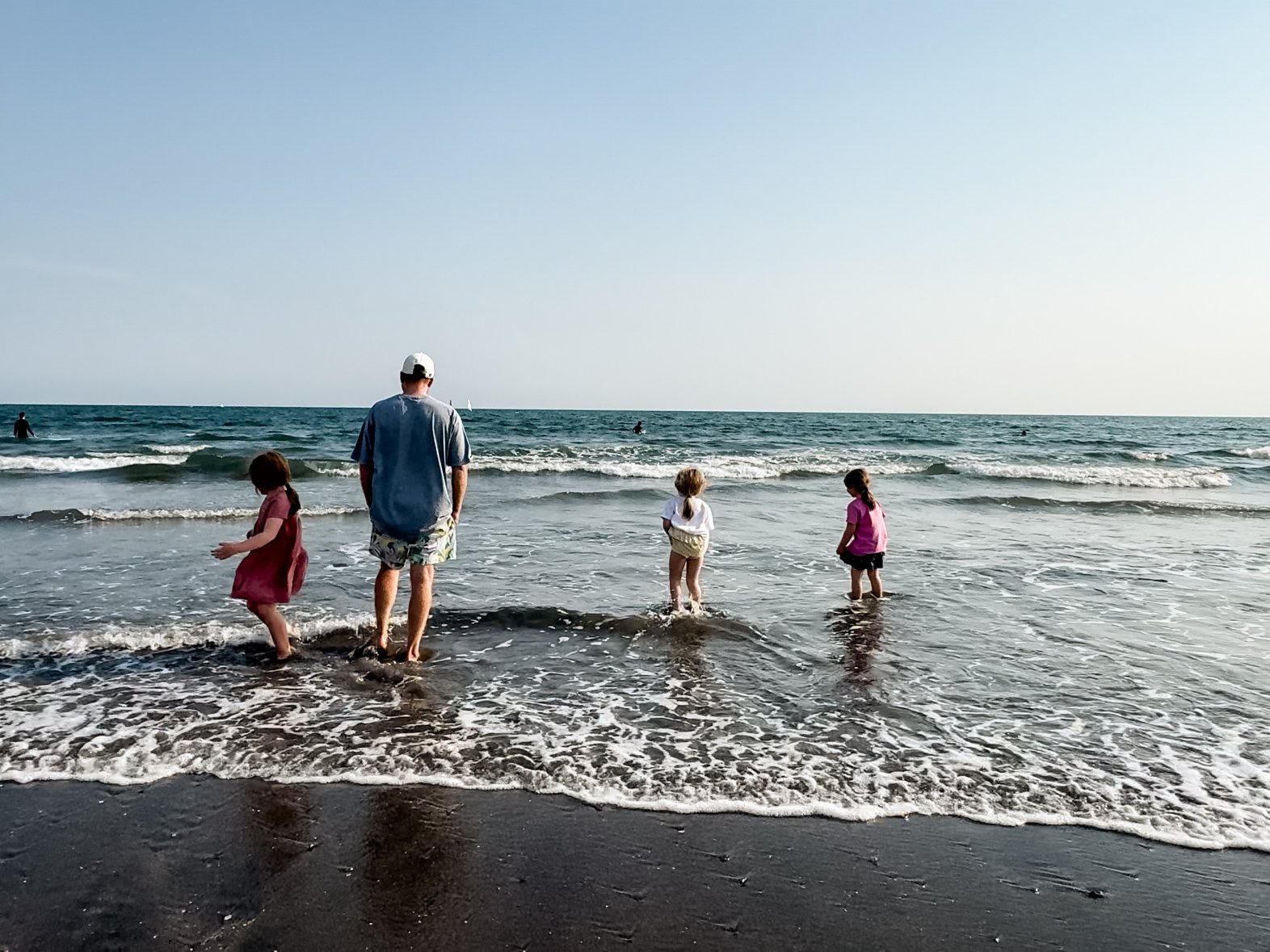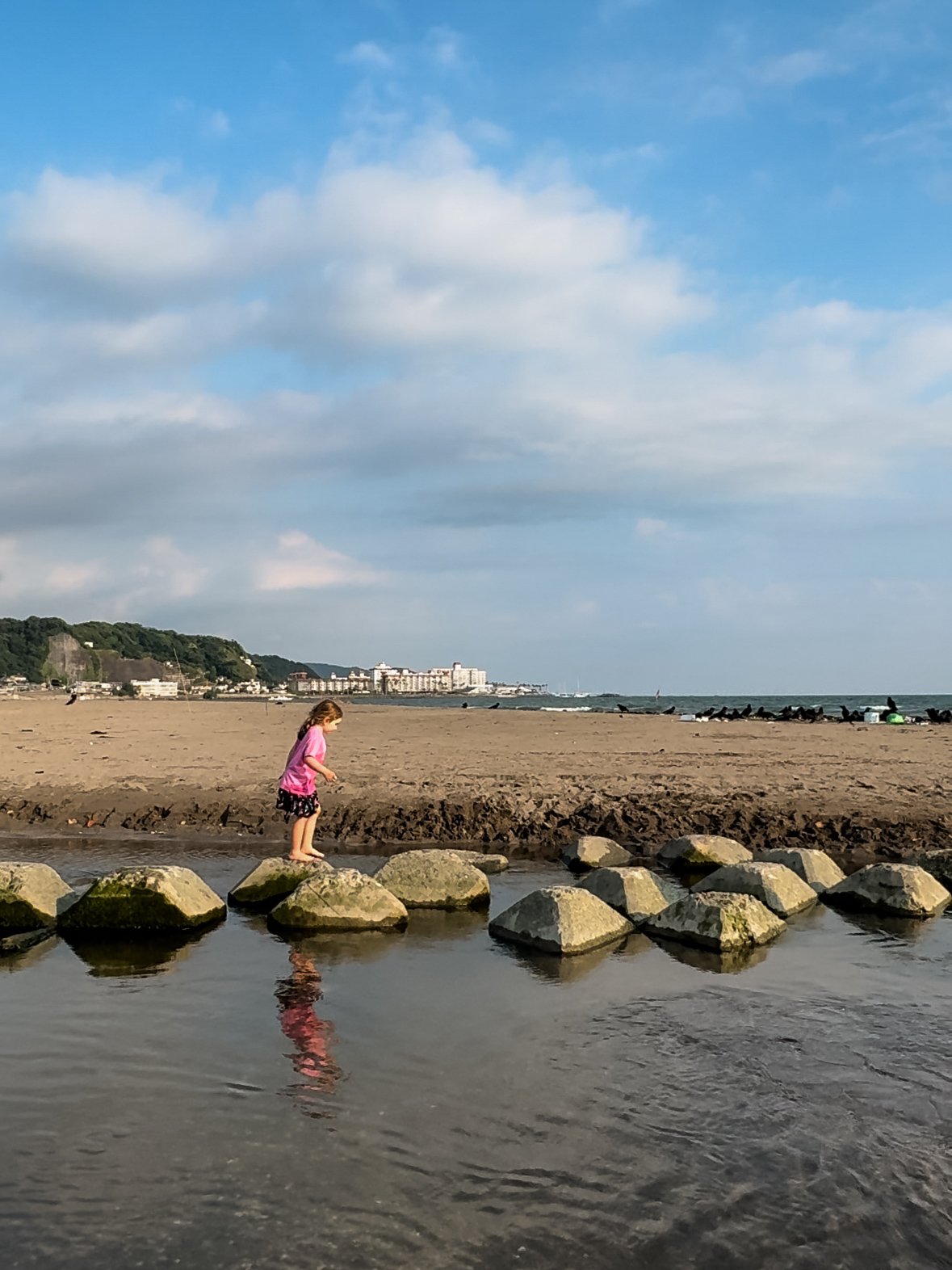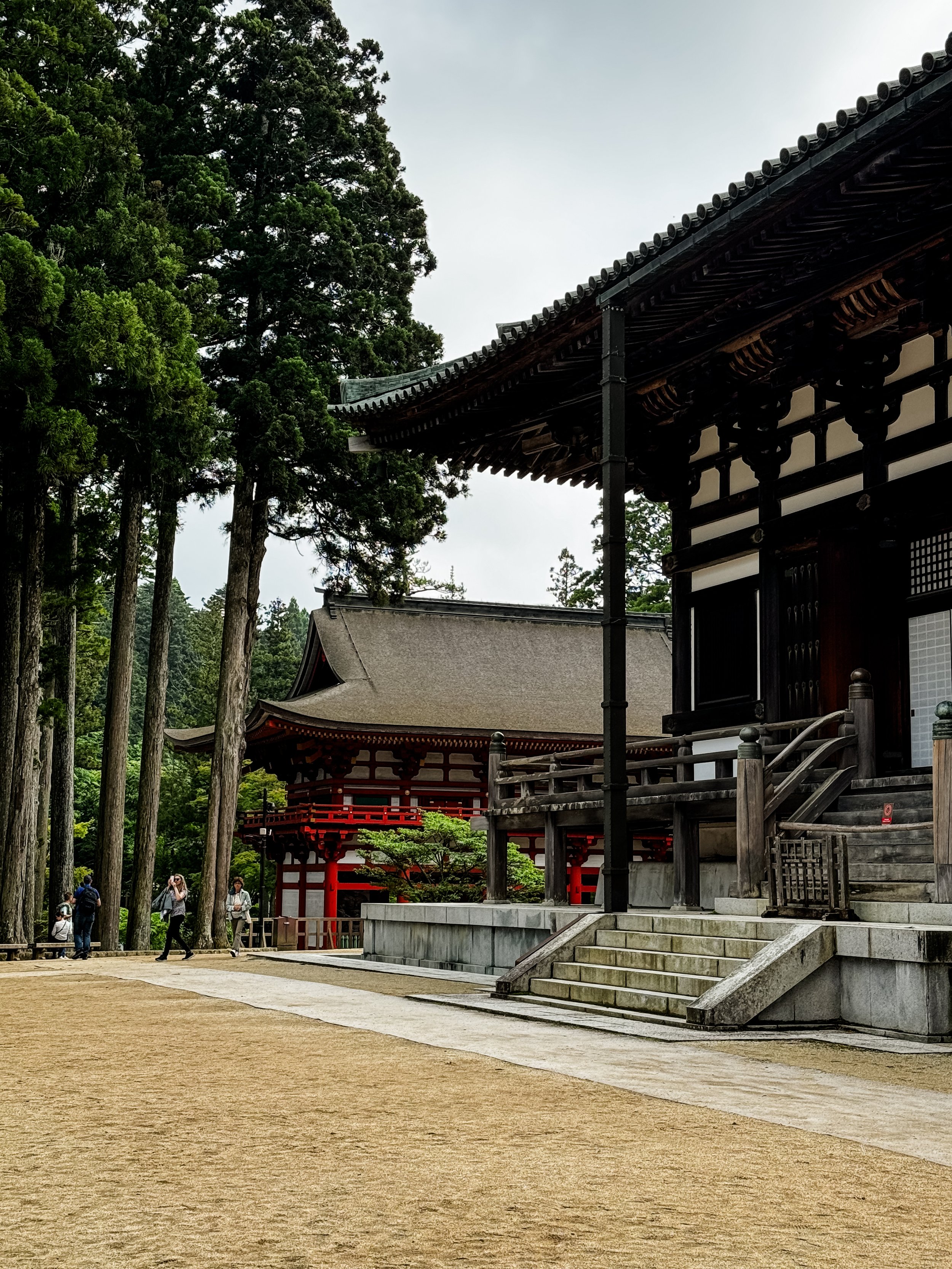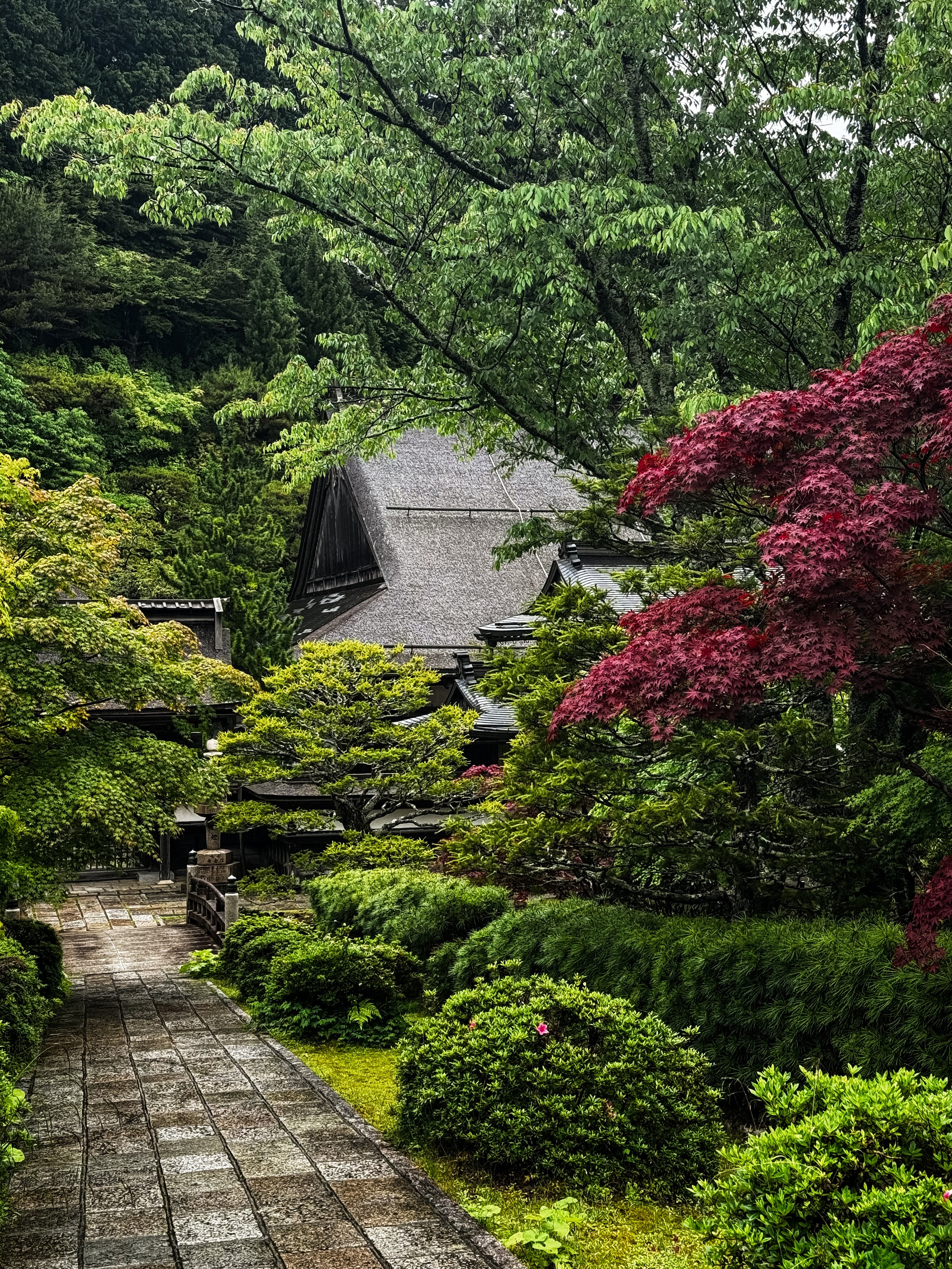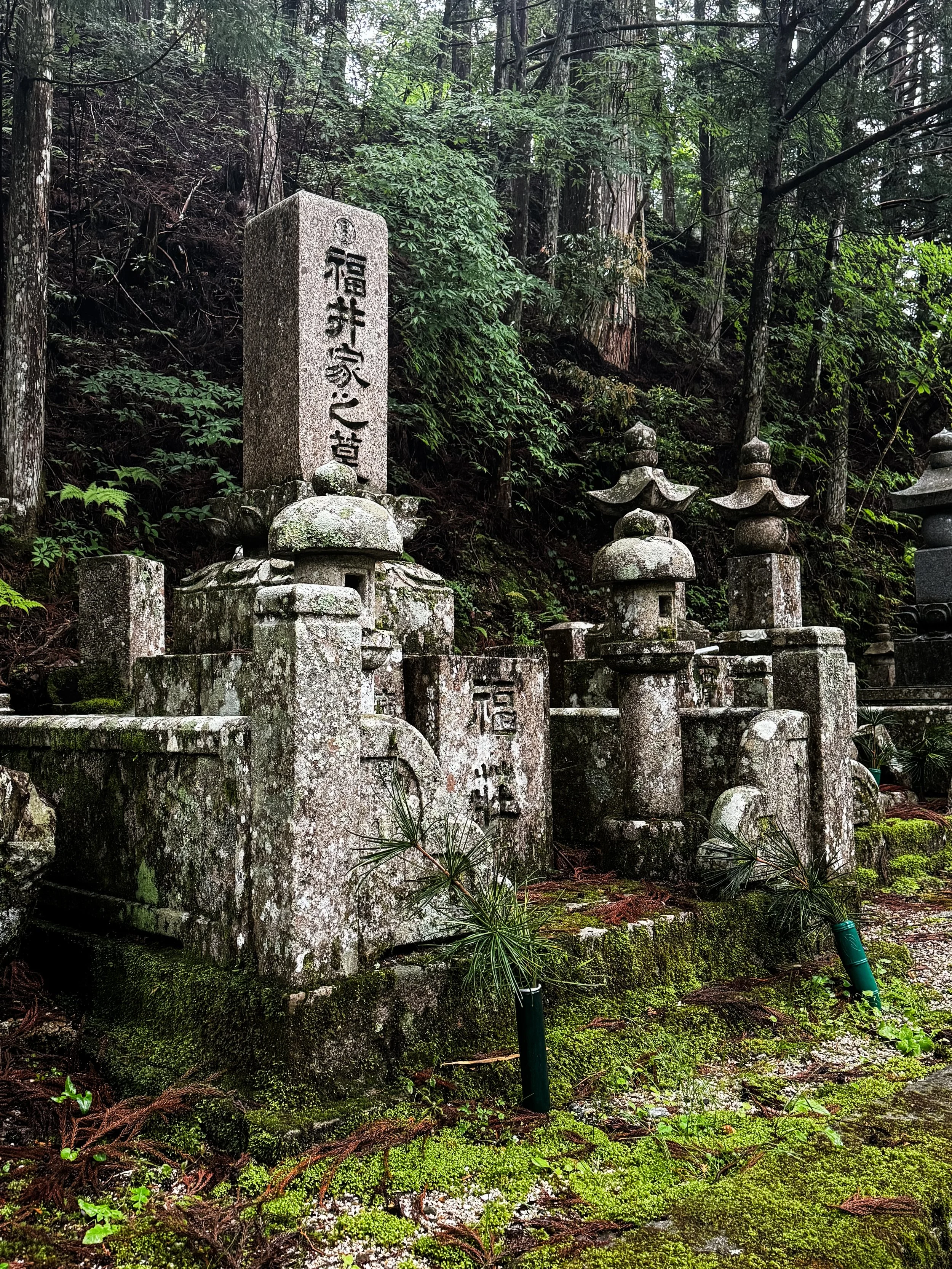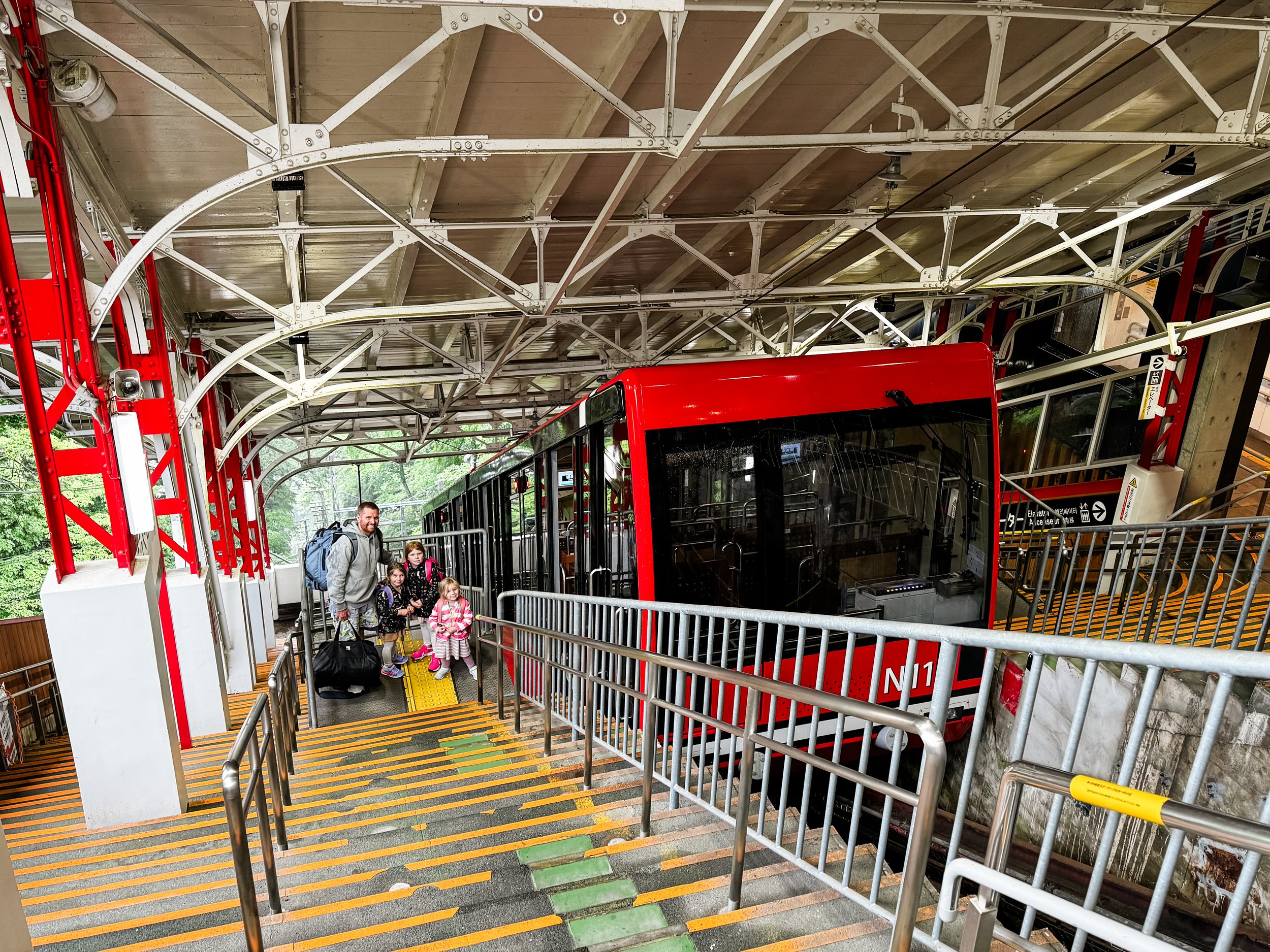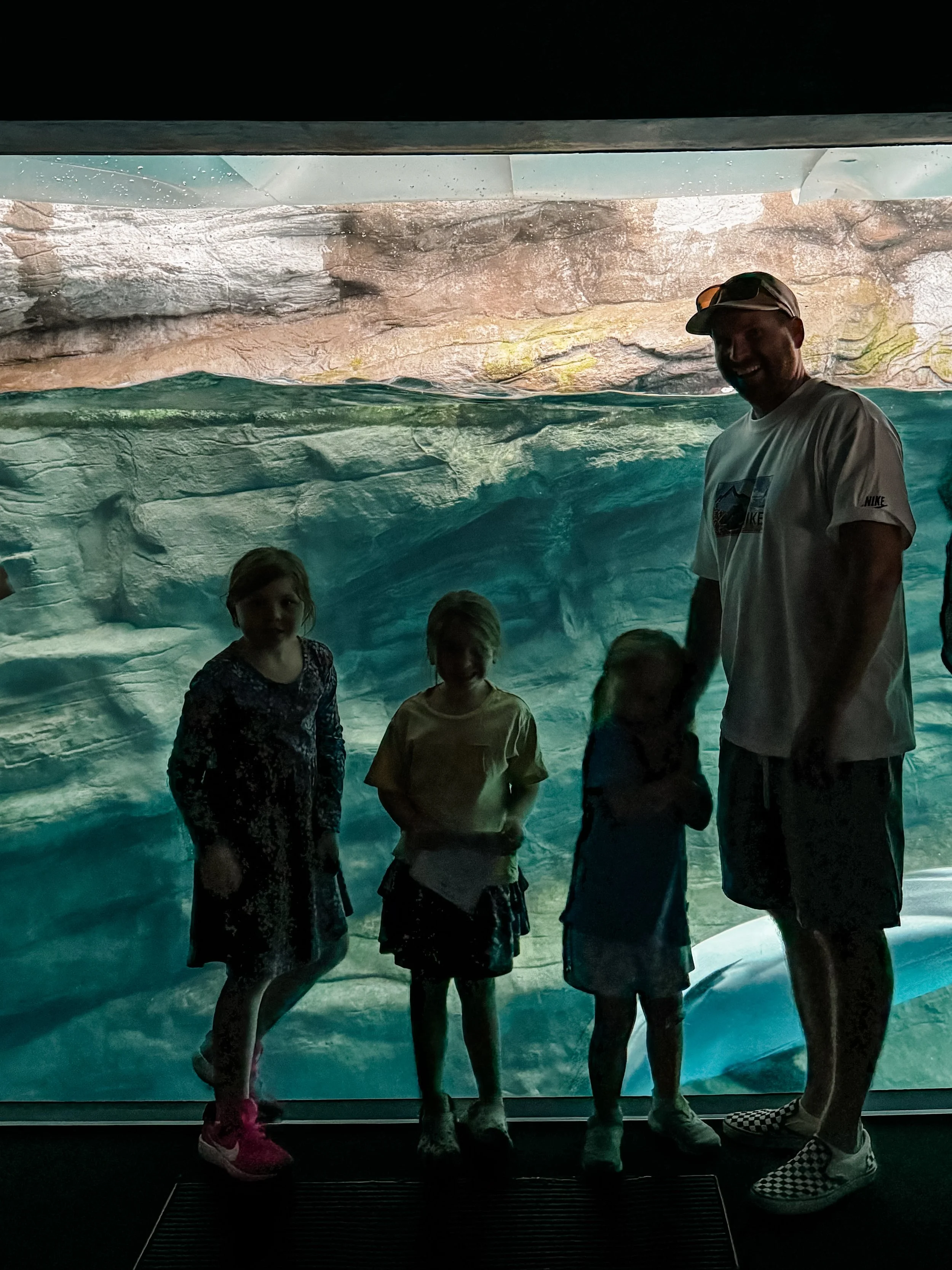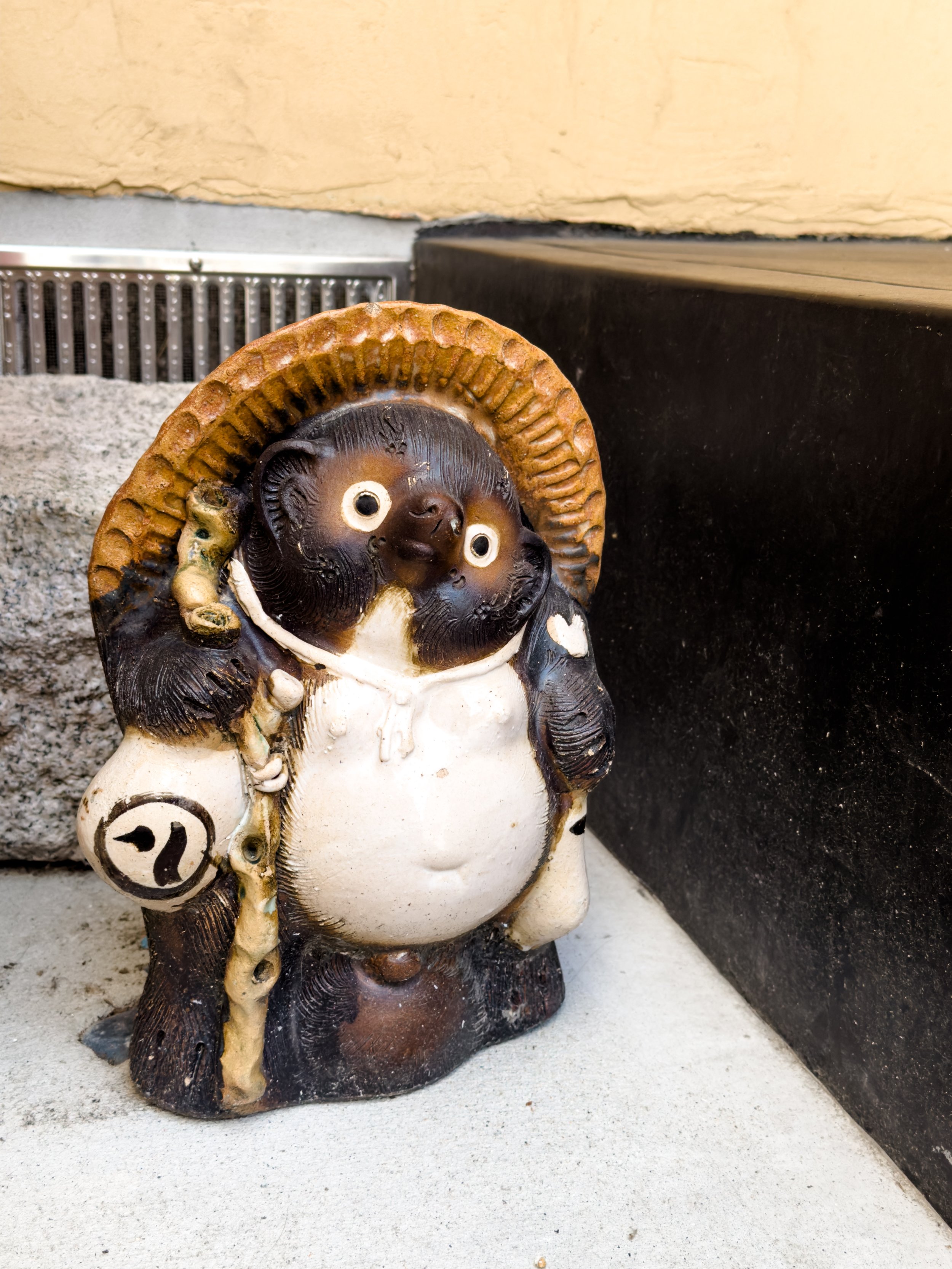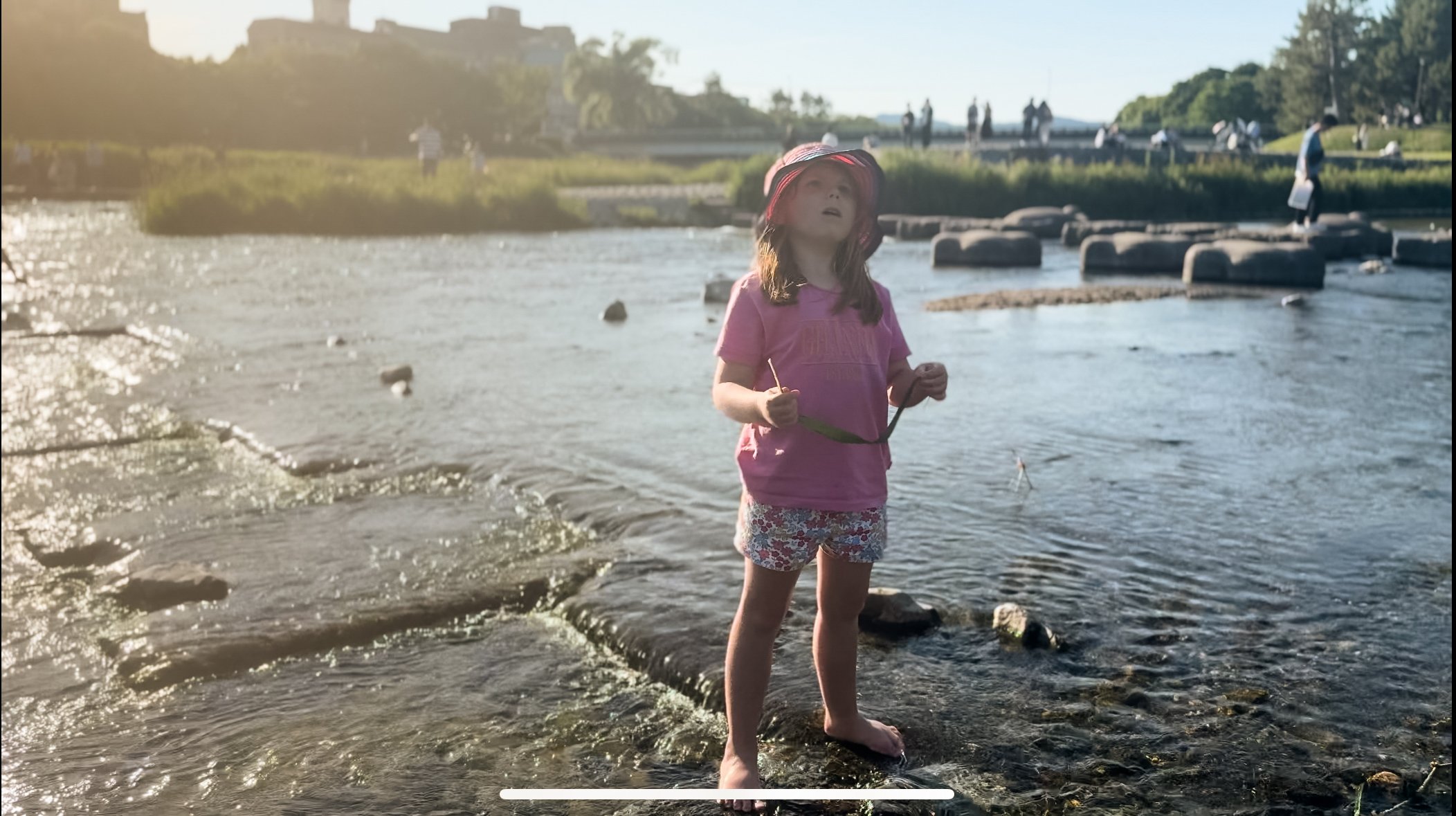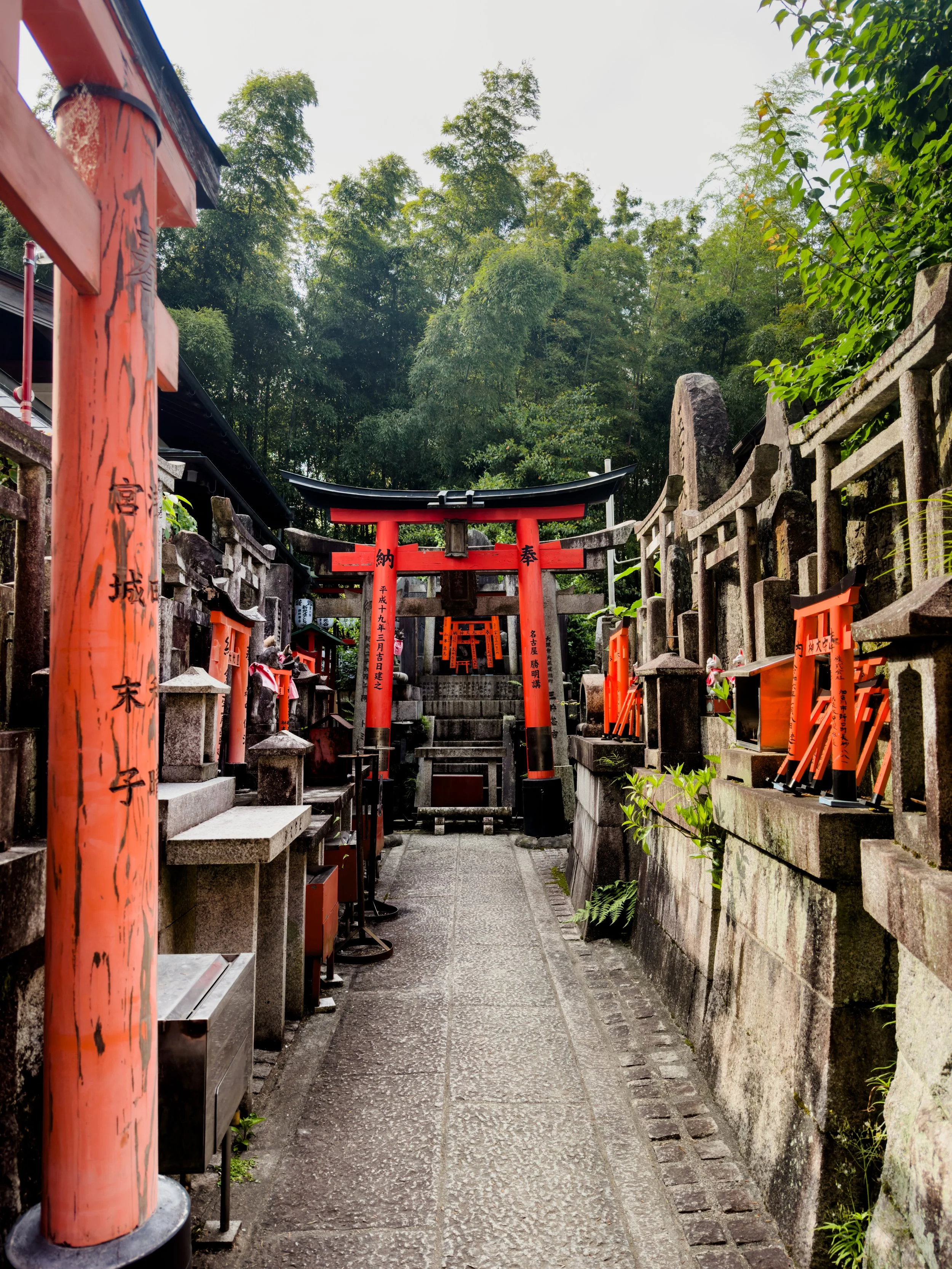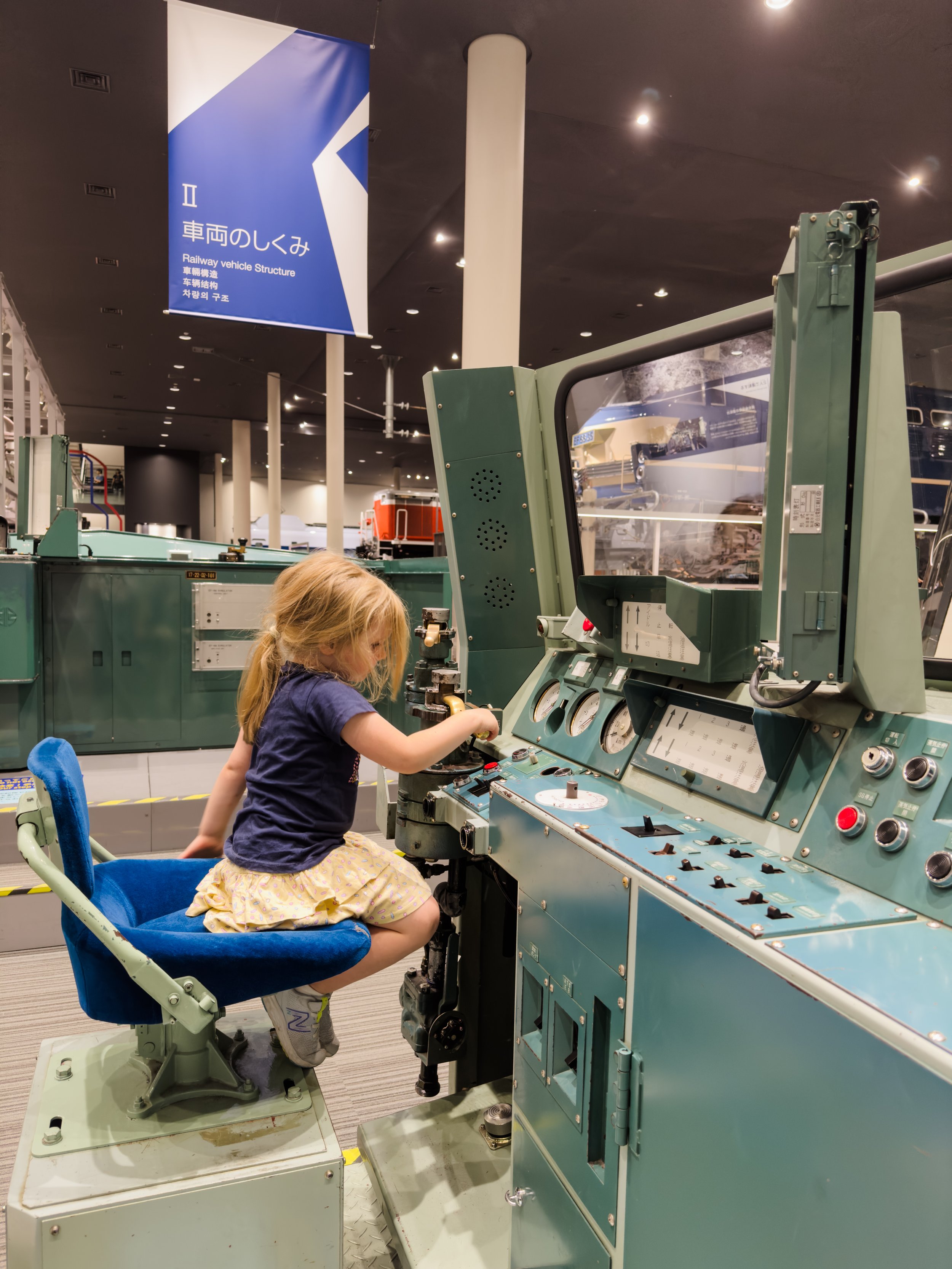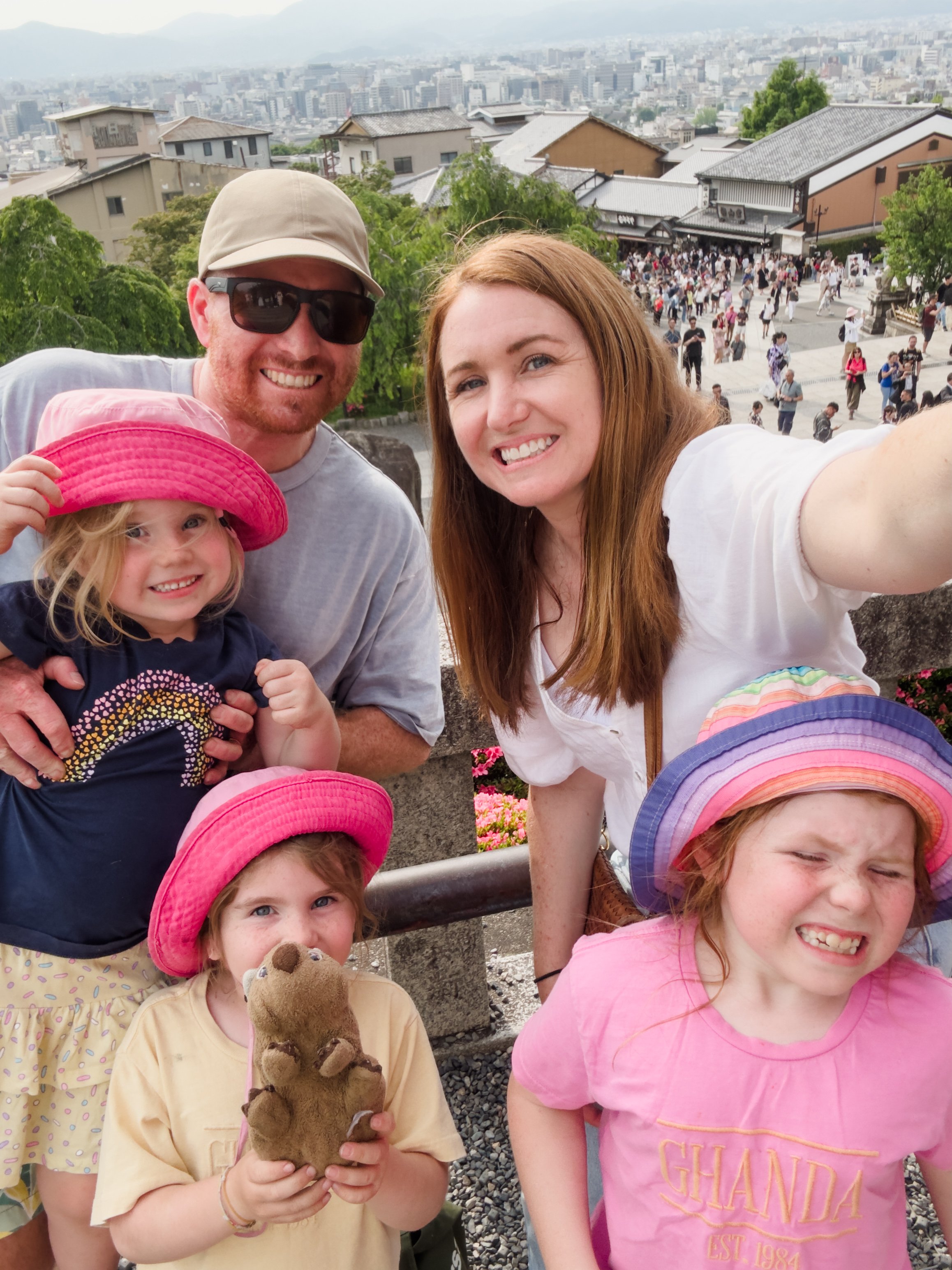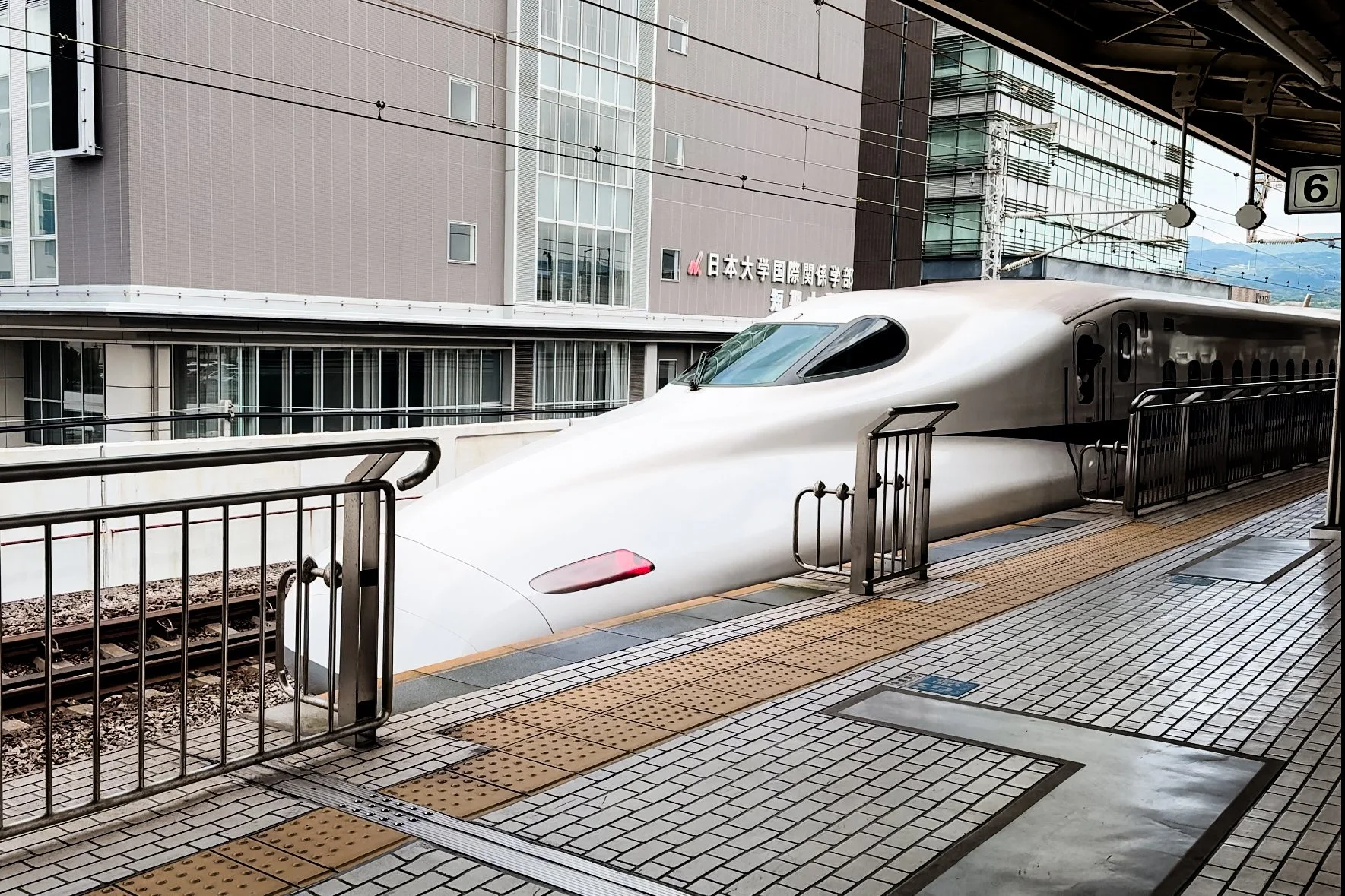We booked all of our accommodation via booking.com and all the stays were primarily self catered holiday rental style accommodation with the exception of a few hotels.
We were very happy with booking.com overall and the main reason we choose it in the first place was that it generally provides good cancellation policies and allows you to pay a few days out from your arrival. Airbnb on the other hand takes payment right away and holds it until you check out. We appreciated having some flexibility in our accommodation bookings and keeping as much money in our bank accounts for as long as possible.
I’ve included links to the accommodation on booking.com. At the moment, these are not affiliate links but I’m working towards setting up affiliate links in the future
TOKYO
The Centurian Classic Hotel Akasaka. 6/10
This hotel is in a fantastic location, Akasaka felt like a quieter neighbourhood although it had plenty of restaurants and bars in the streets surrounding the hotel.
We were able to walk to Akasaka train station and Akasaka-Mitsuke train station and from there we were able to reach many of the main destinations around Tokyo.
The hotel staff were great, very friendly and they were especially helpful with our luggage forwarding request. However the room was very small. It had two queen sized beds pushed together which myself and all the girls slept on ( essentially one giant bed ) while Braino slept on a foldout couch. The bathroom was a good size but there was only a hotel style kitchenette and a couch with a coffee table. We managed for 4 nights but it got little cramped.
No amenities like breakfast or room service but it did have a washing machine in the room.
LAKE KAWAGUCHIKO
Fujiyasan - 11/10
Fujiyasan is a stand alone 2 bedroom house which we were super impressed by.
The downstairs two bedrooms have a queen size bed in each and then there is a third tatami room upstairs where you can set up 2 x Japanese style futons. ( floor mattresses )
The kitchen is well equipped and there is a large dinning table and a living area with a couch and TV.
There is even unexpected things like a hair straightener and projectors in the bedroom.
The location is the best part - it’s a short walk from the main train and bus station and we could also walk down to the lake.
There is a stunning view of Mt Fuji when it wasn’t behind the clouds and there was even a bit of outdoor space for the kids to run around in. This was our favourite accommodation of all, we highly recommend it for Lake Kawaguchiko.
KYOTO
Guesthouse Chayama - 9/10
This was also a two bedroom, two level townhouse that was very much an example of an authentic Japanese house.
The host, Fiona, made this stay exception. She was originally from England but had been living in Kyoto for many years with her family, including her two teenage girls.
She didn’t live onsite but she came over on two different occasions to help. She gave us lots of recommendations and info and really helped us out with luggage forwarding. And there were bikes that were free to use, so Braino often road around to collect takeaway for dinner, there we many options within riding distance.
This apartment had two bedrooms upstairs that were only separated by a screen door and that had tatami mats and futons ( floor mattresses ). This was fine for us as a family although Braino wasn’t a huge fan of the futons. But a family with older kids or a group of friends may have found the set up not very practical in terms of privacy. There was also steep stairs between the two levels, so I’d be a little wary with babies and toddlers.
The location was good, as we were a 2 minute walk from a station station, however it was one of the smaller, outer train lines and we had to change after two stops to get to the main train line. This particular train line - the Eizan Main Line, was a little more expensive than the other train lines in Kyoto too.
KOYASAN
Koyasan Guesthouse Tommy 7/10
This is a small hotel / guesthouse run by a friendly man called Tommy, who also had a cafe next door. There are 8 rooms in total and we had two seperate rooms, Farley and Me in were in one with two twin single beds and Braino, Rooney and Hallie in the other room which had a double bed and a fold out couch bed. The beds were western style beds and the rooms were clean and tidy. The main style of accommodation in Koyasan is the Buddhist temple homestays which are very expensive, so Guesthouse Tommy was fine as a budget option. It was in a great location, one street back from the main that runs through the town, and we could walk to everything including the bus stop for the bus that runs to the train station.
OSAKA
Guest House Laule'a Tennoji - 8/10
This was a last minute, budget booking for us which was quite satisfactory . It is a guesthouse / hotel that felt more like a very quiet hostel. The downstairs had a communal kitchen and large living space but there wasn’t any staff or reception. We didn’t see anyone else in there either, even though there was about 4 different floors of rooms. The room we booked had 4 western style beds ( 3 singles and a double ) and even with all the beds it was still very spacious, including a couch, table, kitchenette and large bathroom.
It was a 100m from a train station too so it was a great option for the one night we needed in Osaka to break up the trip from Koyasan to Takayama.
TAKAYAMA
Taisho Aburaya - 10/10
This is our second favourite acommodation and only because it didn’t have a view of Mt Fuji, ha ha!
The house itself is stunning. It is a large two bedroom stand-alone house, the upstairs was two bedroom only separated by a screen door ( like the Kyoto ) but one had Japanese futons while the second room had two western style double beds. The futons were fine for the girls as it is kind of like having a big sleep over. And the double beds were comfortable for Braino and I as well.
This house is very authentic in it’s decor while being very well maintained. The bathroom was very modern so maybe it was a newer built house that was done in a very authentic Japanese style.
The location was great too, we were able to walk to the train/ bus station and we could walk into the main area of the town. We didn’t hear anything from the owners while we were there, it was very much like an Airbnb type stay but that was fine as we didn’t need anything.
KAMAKURA
Kamakura Sun and Breeze - 6/10
This is another two bedroom house that we booked via booking.com but out of all the accommodation we stayed at, this one was a little disappointing. It felt like someone’s house that they lived in until only recently; there was so much rusted junk around the outside and in the car port while inside there was a lot of cleaning products, although it didn’t really feel all that clean. The bedroom set up as also a little weird, essentially there are 3 rooms (2 tatami rooms and what you would assume is the lounge room) , however, they had put two single beds in the lounge room and zero beds in the other tatami bedroom, there wasn’t even a couch in the whole house - very strange.
We did have beach views from the kitchen window and there was a large rooftop balcony that we could access. The location was great. It is very close to the beach, a playground and a few restaurants but a slightly further walk to the train stations.
Oh and the washing machine didn’t work… which was probably the biggest annoyance. Braino had to do a solo mission to find a laundromat as we were down to our last cloths but this stage. Overall it was adequate I just wouldn’t necessarily recommend it to anyone.
NARITA AIRPORT
Hotel Nikko Narita - 8/10
We flew out quite early from Narita Airport and decided to book into a nearby hotel the night before. Hotel Nikko Narita felt like a well run large business hotel - exactly what you’d expect from something close to the airport. We were able to book a hotel room that had three queens beds in it and it still felt spacious. There was a free airport shuttle bus and the staff were really friendly, they were very helpful and accommodating with receiving our luggage early and storing it for a number of days.
The only disappointing thing was the price and quality of the food in the cafe - it was quite overpriced and bland.
A few other things I would note about accommodation in Japan for families.
Bed sharing ( parents and kids ) seems to be quite the norm in Japan so if you’re willing to be flexible about who sleeps where, it will allow for a lot more budget friendly options.
The same goes for being willing to sleep on the traditional Japanese futons ( floor mattresses ). This will give you more options but it’s obviously not ideal for people with back issues or mobility issues.
We didn’t have breakfast included in any of our stays. This would be an option if you were staying at a big brand name hotel but we found it very easy to buy yogurt, fruit, croissants, cereal and milk and juice from the 7-Eleven or Family Marts. There was always one close by.




